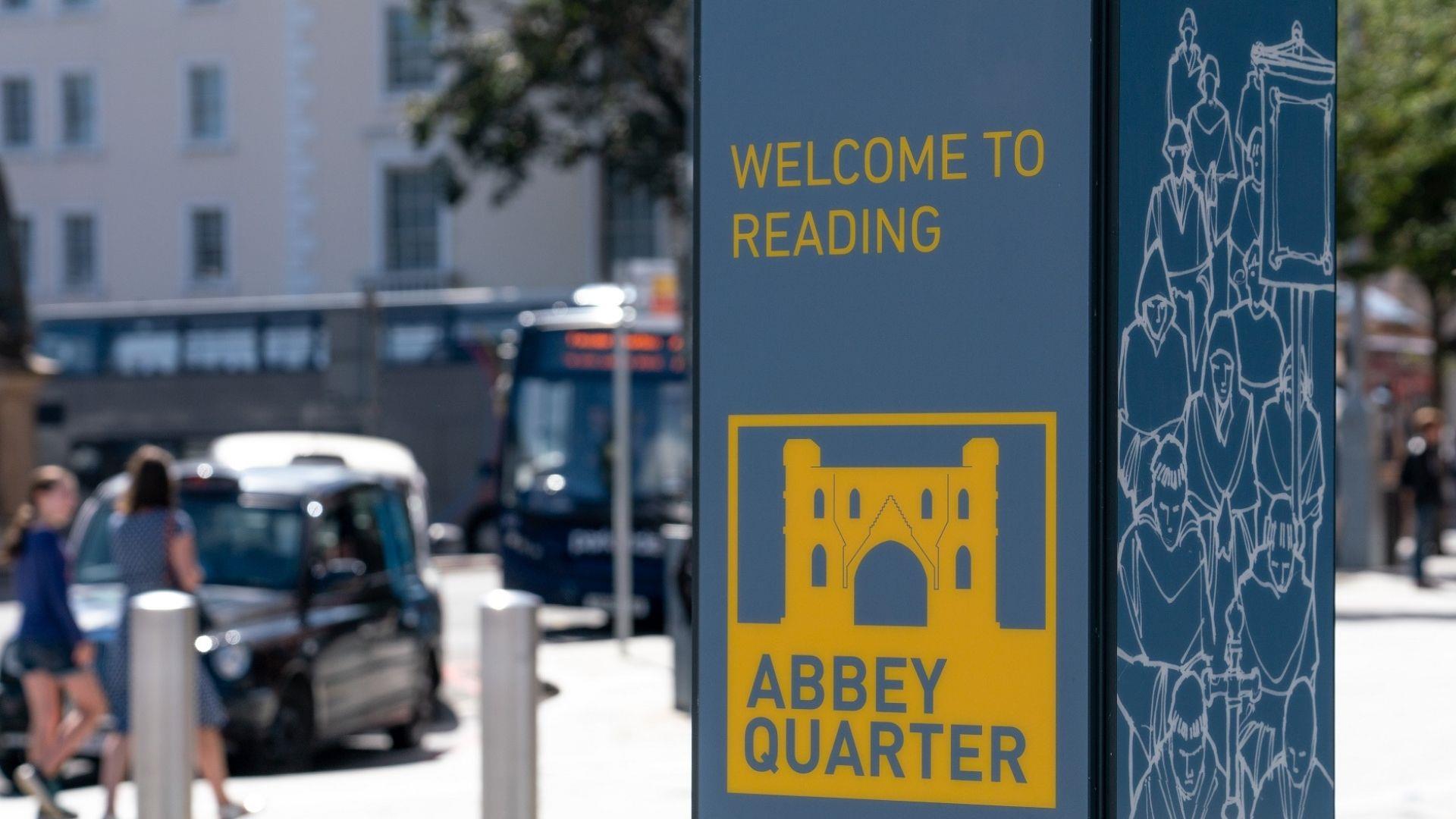Reading's Visitor Information
If you're in need of some visitor information ahead of your visit to Reading, look no further. From our excellent range of travel options to get you here safely, through to tourist information to help you get around once you're here - we've got it covered.
Reading is also a great place for both individual and group travel trips, with tours and attractions in and around the region. At the heart of the Great West Way, Reading makes a perfect base to explore Berkshire and the Thames Valley. Head to our Travel Trade pages for more information.




 to add an item to your Itinerary basket.
to add an item to your Itinerary basket.






